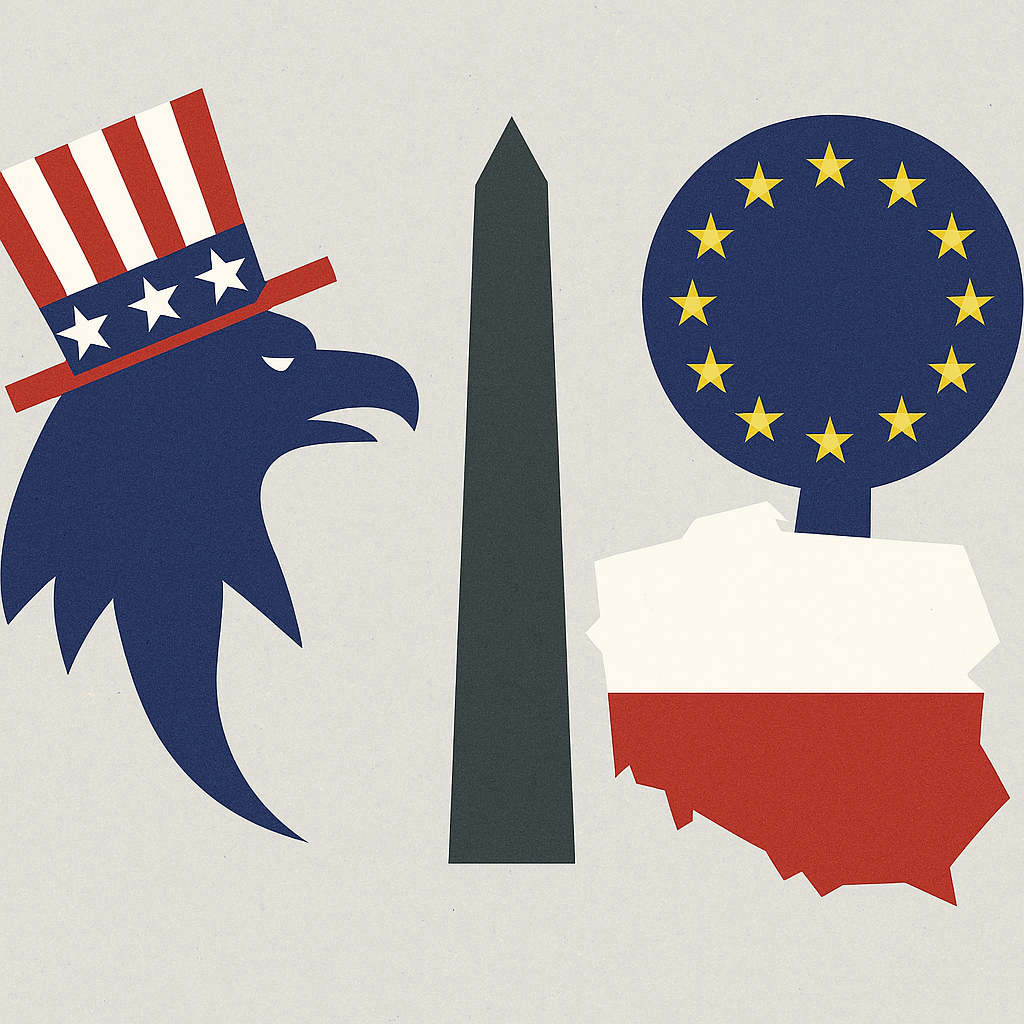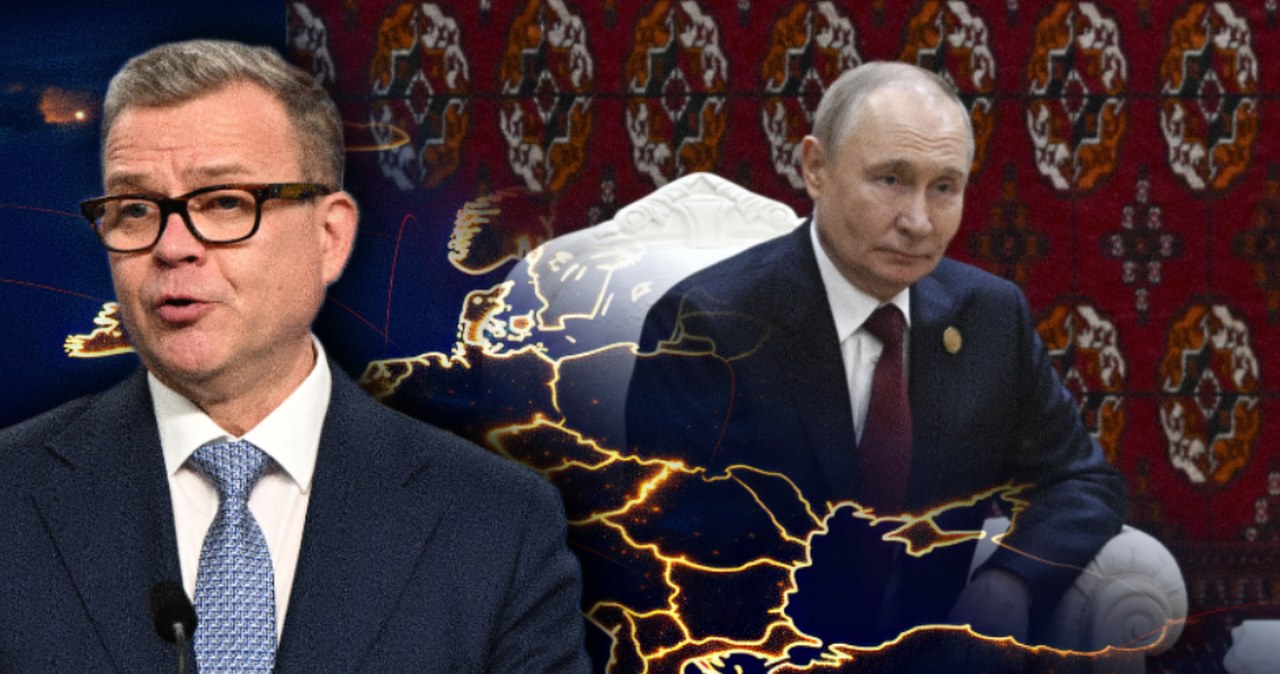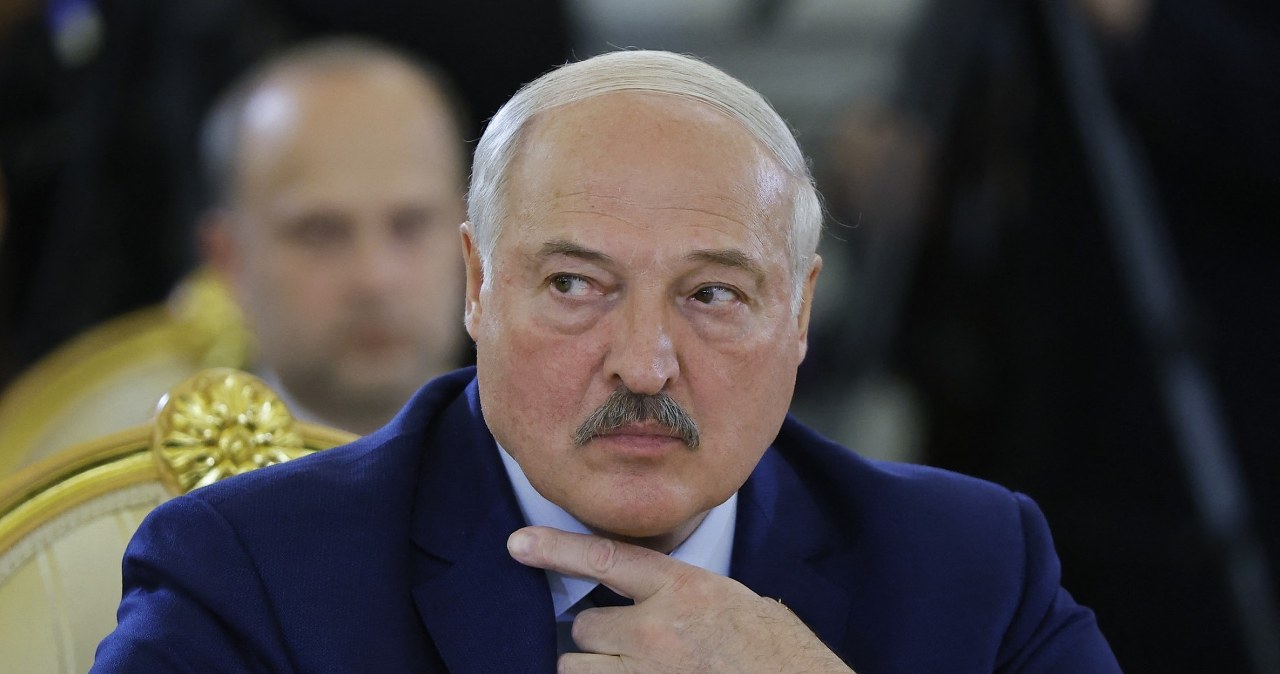
The Curbing Of The Administrative State
Authored by Jeffrey Tucker via The Epoch Times,
The Supreme Court delivered an opinion last week that not even the best of the punditry class was prepared to understand. The decision was Trump vs. CASA, and the topic concerned the nationwide injunction against Trump’s management of U.S. immigration policy. As with more than 40 other cases, federal district judges have intervened to stop the president from exercising executive powers.
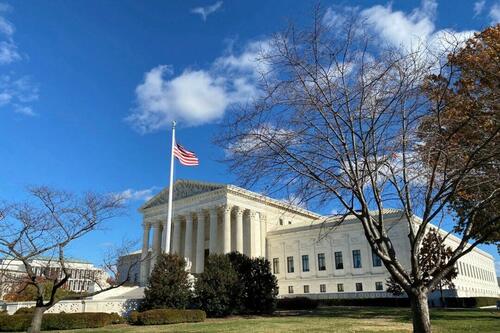
The opinion could not be plainer: “Universal injunctions likely exceed the equitable authority that Congress has given to federal courts.” That principle applies not only to this case but to the whole panoply of cases that have tethered the ability of the president to manage executive branch operations. The courts have presumed authority over the president that the Constitution plainly does not grant.
Justice Amy Coney Barrett said the following of the unjoined dissent by Justice Ketanji Brown Jackson: “[It] is at odds with more than two centuries’ worth of precedent, not to mention the Constitution itself. We observe only this: Justice Jackson decries an Imperial Executive while embracing an imperial Judiciary.”
Court watchers called this an unprecedented rebuke of a colleague in a majority opinion.
The practical effect of the decision is to underscore the meaning of Article 2: “The executive Power shall be vested in a President of the United States of America.”
Why should this be controversial? Here we get into the overwhelming reality of the structure and operations of the U.S. government that stand in complete contradiction to the U.S. Constitution. It’s been going on for more than a century and has never been fundamentally challenged. Until Trump, most presidents were fine with it and offered no serious challenge. The legislature too has chosen to look the other way.
The issue is the fourth branch of government that is nearly the whole of the operational side of government as we know it. We elect leaders and representatives but our votes have carried ever less power over the course of a century. We know that but it has not always been obvious.
The answer has been hiding in plain sight all this time. It took a dramatic and domestic exercise of administrative power, one that hit us all our lives personally, to reveal the extent of the problem. It comes down to the approximately 425 agencies with millions of permanent employees that are the real government in the United States.
Who or what controls them is the issue. The second term of the Trump administration took office with a profound awareness that it was precisely these administrative powers that wrecked his first term and drove him from office. He won a second term and brought in a team determined to get to the issue of who is in charge settled once and for all.
The answer is in the organization chart of the U.S. government. There are three branches. All these agencies fall under the executive branch.
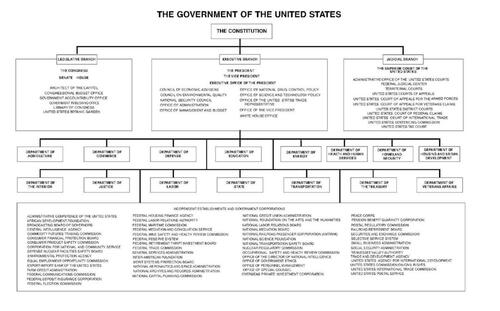
It’s a relatively simple point which everyone in business knows. The point of an org chart is to establish lines of authority. The president is in charge of the executive branch. He appoints cabinet officials and agency heads who are responsible to the executive office of the president. What he says goes.
The complication is that all these agencies were created by legislation. They could have been placed under the legislative branch like the Library of Congress. But that’s not what happened. Instead they wanted to wash their hands of them. That’s why they were routinely placed under the executive branch. Presidents from Woodrow Wilson onward have generally neglected them. They got bigger and more powerful over time.
This beast grew up in Washington and no one much cared because all the powerful interests found them useful for their purposes. No one really had much interest to do anything about them because they made the business of government happen. After so many decades of neglect, the agencies took on a life of their own, without anyone really asking fundamental questions.
In 2014, just two years before Trump’s first term, the scholar Philip Hamburger wrote “Is Administrative Law Unlawful?” His argument was that this machinery does not exist in the Constitution. There is no such thing as an agency that is independent of presidential control.
The point seemed academic until it was not. Trump was vexed by shadowy forces that kept making wild accusations against him. Media cooperated with administrative state authority to accuse Trump, absurdly, of being a Russian asset elected by Russian intervention in the election. The claim consumed years of journalism and blindsided the whole Trump administration.
It gradually dawned on Trump’s team that they needed to assert some authority of the executive branch. Trump fired the head of the FBI. That decision was the first major pushback. It was a strong statement that the president elected by the people would be in charge of this strange beast that presumes the right to manage the country outside his authority.
That’s when the struggle, or really war, really began. In March 2020, Trump was convinced by faux experts, national security people, and even family members that he had to give the order to shut down the entire U.S. economy, complete with business and school closures and strange rules that everyone needs to say 6 feet apart from everyone else.
Trump made the decision to get ahead of what he believed was likely inevitable. He gave the order. Immediately, the administrative state swung into action. The CDC issued an incredible plethora of regulations. Congress accommodated them with spending like we’ve never seen before. Part of the guidelines included a mandate for absentee ballots which are known to be insecure.
It took a few weeks but Trump’s doubts started to grow. After a few months, he was done with the nonsense. He started issuing calls to open up the country. They fell on deaf ears. The authority for locking down was already transferred to the states while the federal agencies simply ignored him. This went on for months leading to the November election.
It was a clear attempt to humiliate Trump. He eventually became the social media president, issuing daily exhortations. The media largely poked fun at the powerless lame duck. That was enough to cause him and his team to finally say enough is enough. He issued an executive order reclassifying many federal jobs as subject to termination. The court rejected the order, which was later rescinded by his successor.
The administrative state and its power had been laid bare. The curtain had been pulled back, not only for Trump to see but the American people too. Four rough years went by when he won reelection.
This time he had a plan. He would issue a huge flurry of executive orders and presume to be the actual president, acting as if the administrative state as an independent force did not exist. He knew for sure that this would trigger a wave of injunctions but he was ready for the risk.
After all, you are president or you are not.
There would be no more autopen presidencies, no more marionettes acting like they were in charge while the bureaucrats ran the show. In essence, they decided to test the Hamburger thesis. What else could the Supreme Court say but that Article 2, Section 1 holds?
The Supreme Court was flooded with cases. Finally it spoke out. It said plainly that the courts cannot issue nationwide injunctions that effectively stop the president from being president.
The counterargument is that this gives the president too much power. The point is not easily dismissed, but someone has to be in charge. For those who fear the idea of one man exercising dictatorial control over millions of bureaucrats, there is a solution. Get rid of most of the agencies and their employees. Fire them all. Defund them all.
Of course, that is not what the “liberals” want.
They find that intolerable.
Their ideal country is one in which vast agencies exercise total power independent of any oversight, wholly captured by industry and responsive only to mass media. From what I can tell, those days are over and not coming back.
Someone has to be in charge. The Constitution is clear about who that is.
Tyler Durden
Tue, 07/01/2025 – 18:25

 5 miesięcy temu
5 miesięcy temu
